
8 minute read
The History of Opera
THE HISTORY OF OPERA
People have been telling stories through music for millennia throughout the world. Opera is an art form with roots in Western Europe dating back hundreds of years. Here is a brief timeline of its lineage. The Florentine Camerata was founded in Italy, devoted to reviving ancient Greek musical traditions, including sung drama. 1573
Advertisement
Jacopo Peri, a member of the Camerata, composed the world’s first opera – Dafne, reviving the classic myth. 1598
Claudio Monteverdi (1567-1643) wrote the first opera to become popular, Orfeo, making him the premier opera composer of his day and bridging the gap between Renaissance and Baroque music. His works are still performed today. 1607
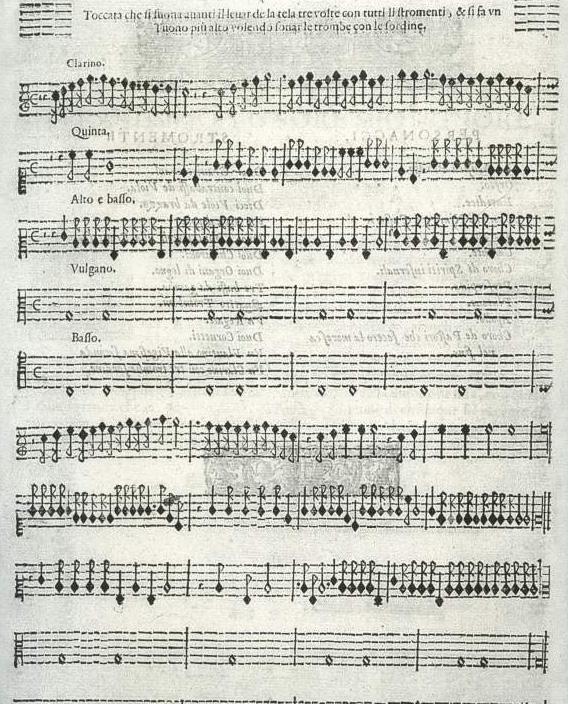
BAROQUE
Henry Purcell’s (1659-1695) simple and elegant chamber opera, Dido and Aeneas, premiered at Josias Priest’s boarding school for girls in London. 1689
The first public opera house, Teatro San Cassiano, was built in Venice, Italy. 1637
Jean Baptiste Lully (1632-1687) an Italian-born composer, brought opera to the French court, creating a unique style, tragédie en musique, that better suited the French language. Blurring the lines between recitative and aria, he created fast-paced dramas to suit the tastes of French aristocrats. 1673
George Frederic Handel (1685-1759), a German-born composer, moved to London, where he found immense success writing intricate and highly ornamented Italian opera seria (serious opera). Ornamentation refers to stylized, fast-moving notes, usually improvised by the singer to make a musical line more interesting and to showcase their vocal talent. 1712
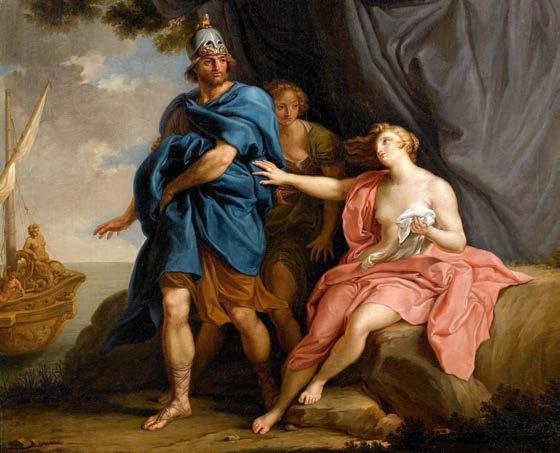
CLASSICAL

Ludwig van Beethoven (1770- 1827)
1750s A reform movement, led by Christoph Gluck (1714-1787), rejected the flashy, ornamented style of the Baroque in favor of simple, refined music to enhance the drama.
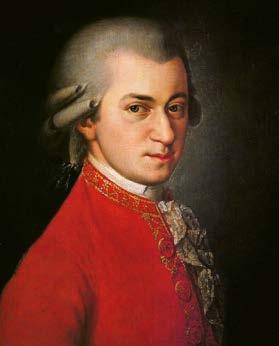
Wolfgang Amadeus Mozart (1756- 1791)
1805 Ludwig van Beethoven (1770-1827) although a prolific composer, wrote only one opera, Fidelio. The extremes of musical expression in Beethoven’s music pushed the boundaries in the late Classical period and inspired generations of Romantic composers.
1767 Wolfgang Amadeus Mozart (1756-1791) wrote his first opera at age 11, beginning his 25-year opera career. Mozart mastered, then innovated in several operatic forms. He wrote opera serias, including La clemenza di Tito, and opera buffas (comedic operas) like Le nozze di Figaro (The Marriage of Figaro). He then combined the two genres in Don Giovanni, calling it dramma giocoso (comedic drama). Mozart also innovated the Singspiel (German sung play), featuring a spoken dialogue, as in Die Zauberflöte (The Magic Flute).
ROMANTIC THE GOLDEN AGE OF OPERA
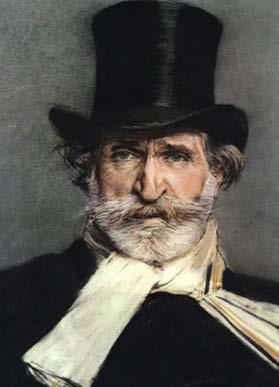
Giuseppe Verdi
1853 Giuseppe Verdi (1813-1901) completed La Traviata, a story of love, loss, and the struggle of average people, in the increasingly popular realistic style of verismo. Verdi enjoyed immense acclaim during his lifetime, while expanding opera to include larger orchestras, extravagant sets and costumes, and more highly trained voices.
1816 Gioacchino Rossini (1792-1868) composed Il barbiere di Siviglia (The Barber of Seville), becoming the most prodigious opera composer in Italy by age 24. He wrote 39 operas in 20 years. A new compositional style created by Rossini and his contemporaries, including Gaetano Donizetti and Vincenzo Bellini, would, a century later, be referred to as bel canto (beautiful singing). Bel canto compositions were inspired by the nuanced vocal capabilities of the human voice and its expressive potential. Composers employed strategic use of register, the push and pull of tempo (rubato), extremely smooth and connected phrases (legato), and vocal glides (portamento).
1842 Inspired by the risqué popular entertainment of French vaudeville, Hervé created the first operetta, a short comedic musical drama with spoken dialogue. Responding to popular trends, this new form stood in contrast to the increasingly serious and dramatic works at the grand Parisian opera house. Opéra comique as a genre was often not comic, rather realistic or humanistic. Grand Opera, on the contrary, was exaggerated and melodramatic.

A scene from 19th-century version of the play The Barber of Seville by Pierre Beaumarchais. Its origins in the commedia dell’arte are shown in this picture which portrays Figaro dressed in the costume and mask of Harlequin. 1884, via Wikimedia Commons
1871

Influenced by French operetta, English librettist W.S. Gilbert (1836-1911) and composer Arthur Sullivan (1842-1900) began their 25-year partnership, which produced 14 comic operettas including The Pirates of Penzance and The Mikado. Their works inspired the genre of American musical theater.
Giacomo Puccini
1896 Giacomo Puccini’s (1858-1924) La bohème captivated audiences with its intensely beautiful music, realism, and raw emotion. Puccini enjoyed huge acclaim during his lifetime for his works.
1865 Richard Wagner’s (1813-1883) Tristan und Isolde was the beginning of musical Modernism, pushing the use of traditional harmony to its extreme. His massively ambitious, lengthy operas, often based in German folklore, sought to synthesize music, theater, poetry, and visuals in what he called a Gesamtkunstwerk (total work of art). The most famous of these was an epic four-opera drama, Der Ring des Nibelungen, which took him 26 years to write and was completed in 1874.
1874 Johann Strauss II, influenced largely by his father, with whom he shared a name and talent, composed Die Fledermaus. This opera popularized Viennese musical traditions, namely the waltz, and shaped German operetta.


20th CENTURY
1922 Alban Berg (1885-1935) composed the first completely atonal opera, Wozzeck, dealing with uncomfortable themes of militarism and social exploitation. Wozzeck is in the style of 12-tone music or Serialism. This new compositional style, developed in Vienna by composer Arnold Schoenberg (1874-1951), placed equal importance on each of the 12 pitches in a scale, removing the sense of the music being in a particular key.
1911 Scott Joplin, “The King of Ragtime,” wrote his only opera, Treemonisha, which was not performed until 1972. The work combined the European late-Romantic operatic style with African American folk songs, spirituals, and dances. The libretto, also by Joplin, was written at a time when literacy among African Americans in the southern United States was rare.
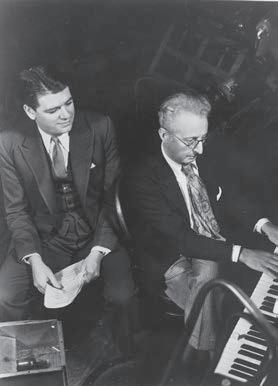
1927 American musical theater, commonly referred to as Broadway, was taken more seriously after Jerome Kern’s (1885- 1945) Show Boat, words by Oscar Hammerstein, tackled issues of racial segregation and the ban on interracial marriage in Mississippi.
Scott Joplin

Hammerstein and Kern
1935 American composer George Gershwin (1898-1937), who was influenced by African American music and culture, debuted his opera, Porgy and Bess, in Boston, MA with an all African American cast of classically trained singers.

Porgy and Bess by the New York Harlem Theatre, 2009
1945 1957 British composer Benjamin Britten (1913- 1976) gained international recognition with his opera Peter Grimes. Britten, along with Ralph Vaughan Williams (1872-1958), was one of the first British opera composers to gain fame in nearly 300 years. Leonard Bernstein (1918-1990), known for synthesizing musical genres, brought together the best of American musical theater, opera, and ballet in West Side Story—a reimagining of Romeo and Juliet in a contemporary setting.

Benjamin Britten
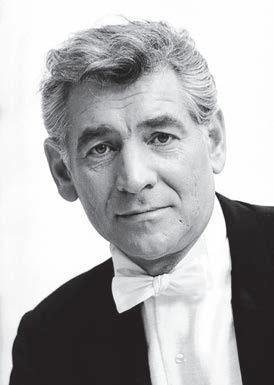
Leonard Bernstein
1987 John Adams (b. 1947) composed one of the great minimalist operas, Nixon in China, the story of Nixon’s 1972 meeting with Chinese leader Mao Zedong. Musical Minimalism strips music down to its essential elements, usually featuring a great deal of repetition with slight variations.

John Adams

TODAY Still a vibrant, evolving art form, opera attracts contemporary composers such as: Philip Glass (b. 1937), Mark-Anthony Turnage (b. 1960), Jake Heggie (b. 1961), Thomas Adès (b. 1971), and many others. These composers continue to be influenced by present and historical musical forms in creating new operas that explore current issues or reimagine ancient tales.
BLO’s production of Philip Glass’ opera, In the Penal Colony. Photo: T. Charles Erickson



